Pine Lily Facts
- Somwhat surprisingly, the simple term of Pine Lily serves as the common name of a beautiful, but often under appreciated variety of lily. It also goes by several other common names. These include the leopard lily, southern-red lily, and the Catesby’s lily.
- Professional researchers, though, have an altogether different term used for it. That’s because this marvel of Nature bears the official scientific name of Lilium catesbaei. Regardless of the name applied, it represents a truly fascinating ad appealing species.
- The seemingly delicate appearance of this flora belies its character, however. That’s because the work of Nature actually displays a remarkable degree of adaptability. In fact, it evolved to inhabit environments normally inhospitable to most types of lilies.
- Surprisingly, the IUCN does not yet list the Pine Lily on its Red List of Threatened Species. That may well change in the future, given changing conditions. The natural beauty nevertheless must be considered to be at risk, due to several factors.
- One of these perils, like many species, consists of habitat loss. This holds true mainly due to human encroachment on its natural habitat. Given the nature of its habitat, though, its most serous threat no doubt consists of ongoing climate change.
Related Articles
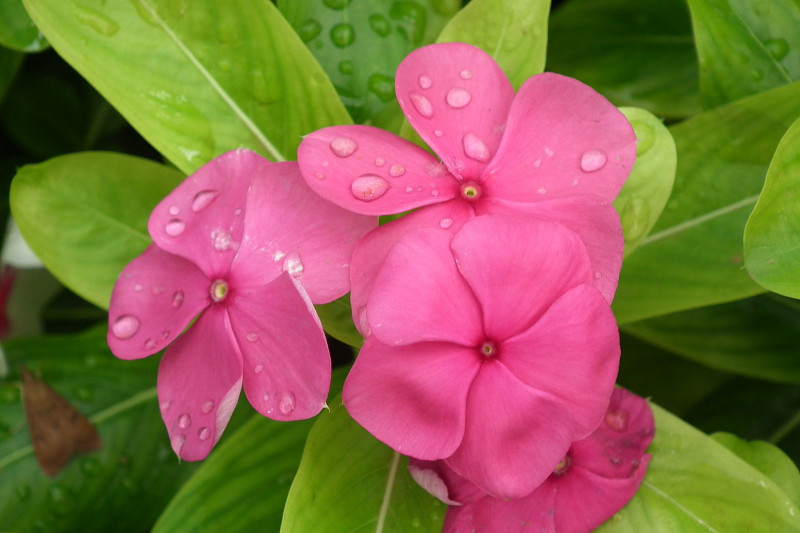
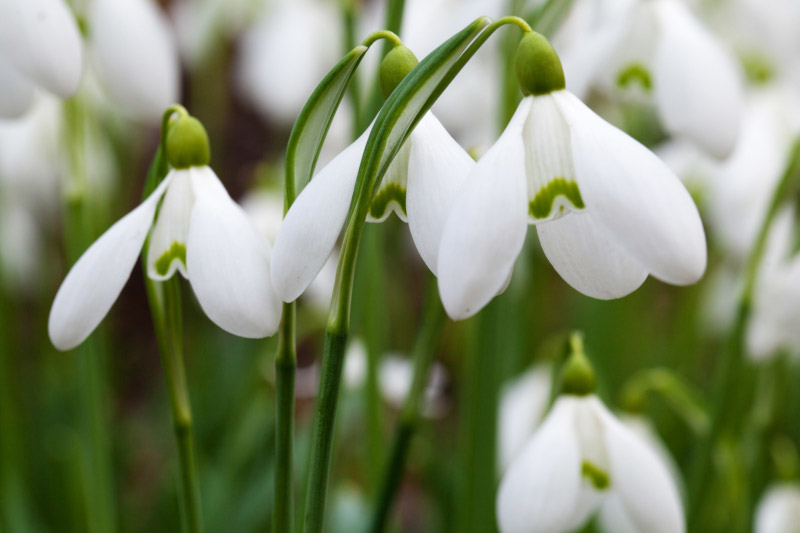
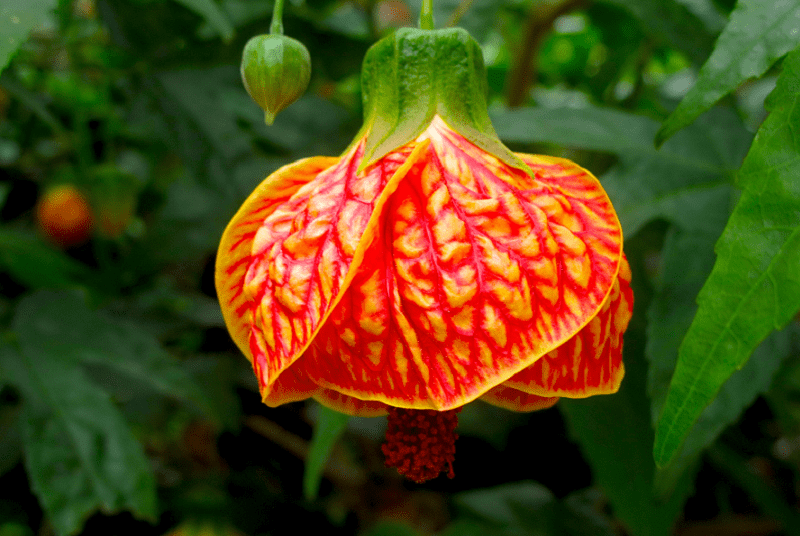
Pine Lily Physical Description
Perhaps most notably, the truly gorgeous Pine Lily constitutes a physically impressive type of flora. It also accomplishes this for more reasons than just its beauty. In this it clearly displays its relationship to the many other remarkabale varieties of lilies around the world.
That’s due to the fact that, in addition to its visual appeal, it also attains a much greater size than most. Additionally, as if the other facts weren’t enough, this description actually holds true because of its measurements in entrely two entirely separate categories.
In point of fact, the seemingly delicate plant ranks as the largest variety of lily on the continent on which it evolved. Yet the wonders do not end there. For starters, the long and thin, but relatively strong, straight stalk attains an average height of roughly 2 ft (61 cm).
Atop these stalks, furthermore, the plant produces its remarkably beautiful, large flowers. These blooms attain an average width measuring roughly 6 in (15 cm). Each of those same stalks also most commonly possesses only a few, comparatively small leaves.
Each of the large, magnificent blooms of the amazing Pine Lily produces a total of six separate tepals. These bend sharply outward from the center. Within the center stands a total of six thin stalks, topped with small structures, in which it produces its seeds.
This creation of Nature and evolution also dazzles those who encounter it with its array of hues. These natural colors also tend to vary significantly. The great majority, however, tend to be bright, primarily orange, with multiple spots. Other shades also occur occasionally.
- Kingdom: Plantae
- Phylum: Angiosperms
- Class: Monocots
- Order: Liliales
- Family: Liliaceae
- Genus: Lilium
- Species: L. catesbaei
Pine Lily Distribution, Habitat, and Ecology
Most unfortunately for those who appreciate it, the visually beautiful and impressive species commonly known as the Pine Lily inhabits a somewhat restricted range. Part of that lamentable fact, however, stems from its very nature. This sometimes happens in Nature.
For the moment, though, it remains unknown if this marvelous flora ever possessed a greater range. Given its particular environmental requirements, though, this appears to be unlikely. Research nevertheless remains ongoing into this, and other aspects of its nature.
That range consists of only a relatively small portion of North America. More specifically, it evolved as endemic to the coastal regions of southeastern United States. As a result, the plant appears in an area that extends roughly along the east coast, from Alabama to Virginia.
The majority of individuals appear in Florida. That’s understandable, given its physical needs. That’s because this variety of lily prefers very damp areas and requires a specific environment to thrive. This includes warm temperatures, high humidity, and acidic soil.
Although the Pine Lily requires warmth, it does not tolerate direct sunlight well. Yet, the astonishing Angiosperm also prefers a very specific, and uncommon, soil type. Incredibly, this fabulous wonder of Nature actually prefers regions containing a high level of acidity.
Species Sharing Its Range
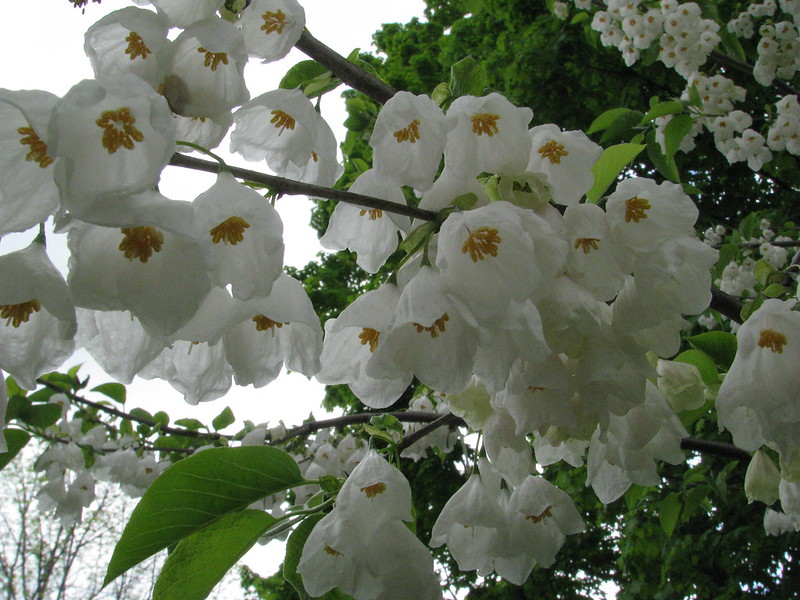


Check out our other articles on 5 Magnificent Reptiles of Mexico, Pesquet’s Parrot, Kali Gandaki Gorge, Cannonball Tree, Striped Possum, Lange’s Metalmark Butterfly, Olive Ridley Sea Turtle
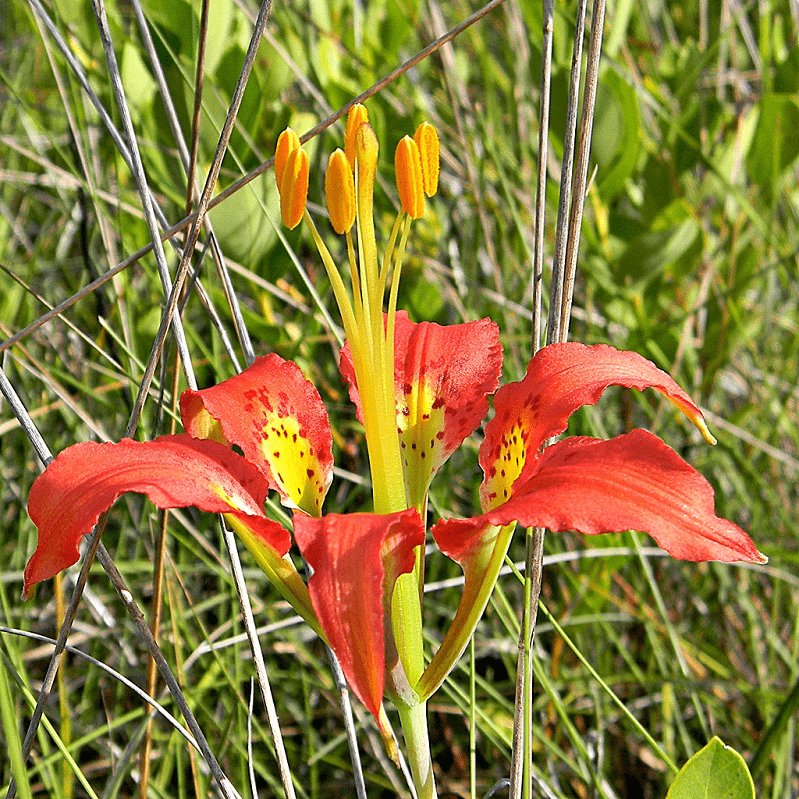
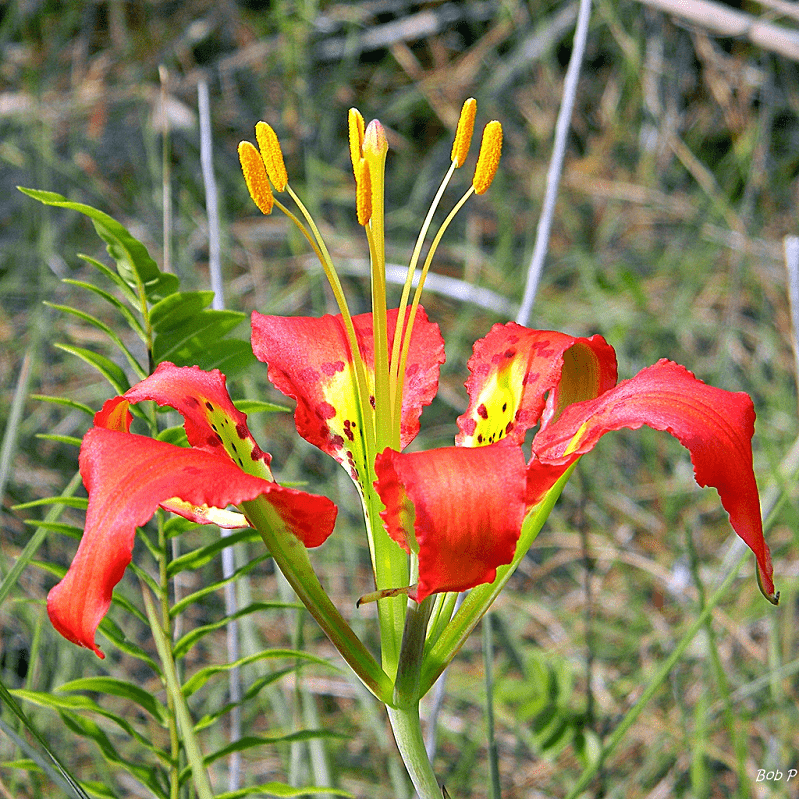










Any suggestions as to how to purchase seeds or bulbs?